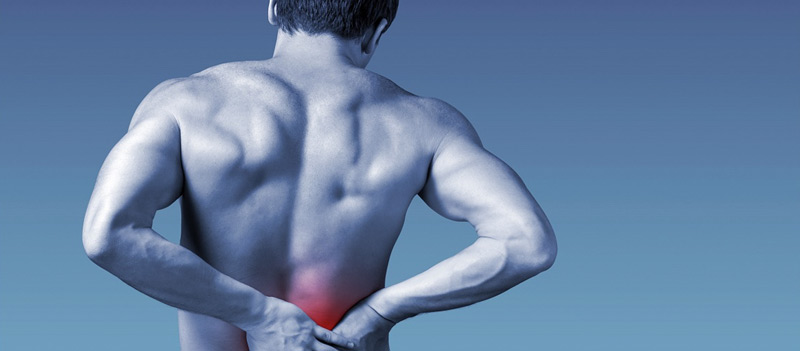Let’s look at some simple facts:
- Experts estimate that as much as 80% of the population will experience a back problem at some time in their lives.
- Back pain is one of the most common reasons to miss work. In fact, back pain is the second most common reason for visits to the doctor’s office, outnumbered only by upper-respiratory infections.
- Americans spend at least $50 billion each year on back pain.
I didn’t know how serious this problem was up until I experienced it myself. I have seen many different doctors and so called prophets and specialists. I was given many opinions which varied from surgery, to you are fine or the pain is just in your head. When we talk about a problem of this magnitude, there is one specialist name that stands above all. Dr. Stuart McGill is a professor from the University of Waterloo in Canada. He has spent most of his career researching the cause and best treatments for Low Back Disorders. After studying his work and applying his methods, I am pain free and able to do all the sports I love.

Avoid lifting or spine flexion shortly after rising from bed.
The discs are hydrophilic and imbibe liquid overnight. This is why we are taller in the morning than when we retire at night. This is also why is harder to put your shoes in the morning. The bending stresses are much higher, as is the risk of disc damage. Wait at least 1 or 2 hours before performing any spine flexion.

If you work a sedentary job you’re often told to find the best position for your spine.
The problem is that there is no such thing as best position. The common belief is that the torso needs to be straight with hips and knees bent at 90 degrees is good, but only for 10 minutes. Tissue loads must be migrated from tissue to tissue to minimize the risk of any single tissue’s accumulating microtrauma. The best thing to do is to change the angle every 10 minutes. Try to stand up and stretch your arms high towards the ceiling every 30 minutes for at least 20-30 seconds. Add as many walks as possible. Remove your wallet from your back pocket as it is proven to put a load on your hip capsule and sciatic nerve. Avoid lifting after sitting for too long. Make sure to always give at least 30-60 minutes between the work chair and the gym. Or, when you go to the gym start your warm up walking on the treadmill.

Stop the sit-ups.
If you are training for health, you should never do sit-ups. They can be only beneficial for people who seek performance in the gym.
The National Institute for Occupational Safety and Health (NIOSH) in the United States set the action limit for low back compression at 3,300 N. Regular sit-ups add 3, 500 N compression to your lower back. Repetitive loading at this level has been proven to be linked with higher injury rates. Recognizing the problem the U.S. Navy, for example is changing its standards to replace sit-ups with the plank exercise.

Build whole body and joint stability.
It’s worth the investment to hire a professional to help you and teach you the right way to perform exercises.

Do isometric core work.
Bird dogs, plank with different variations and modified curl-ups should be part of your daily workouts.





Very helpful article. Thank you coach.